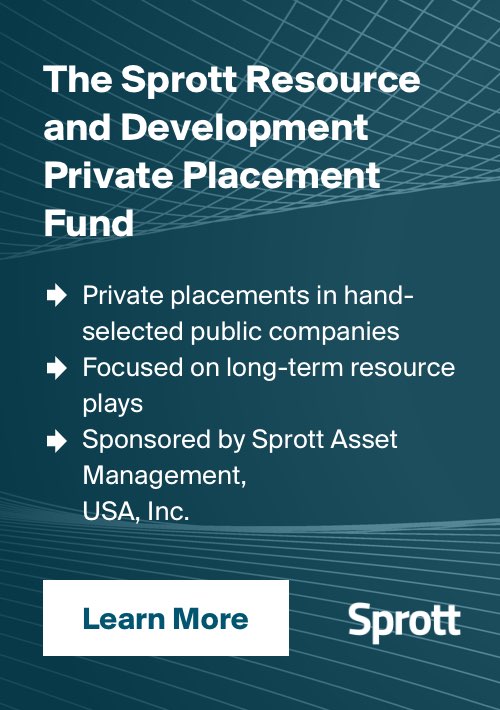 Image source: Pixfiction, Shutterstock.com
Image source: Pixfiction, Shutterstock.comWith spot gold hovering for months around US$1780 an ounce, it seems we're in the middle of a stall in the biggest gold market in history. But still, with quantitative easing continuing apace, a looming global energy crisis, and economic uncertainty running amok, the outlook remains strong for gold.
Which makes the current market a good one for considering new mining companies to add to your portfolio. In the middle of a lull in a bull market that experts like Rick Rule say we may be less than halfway through, attractive stocks are going at tremendous discounts.
And as you survey the precious metals field for new investments, we'd urge you to consider gold royalty companies.
Though royalty companies often don't get the attention that mining companies garner with flashy projects and fresh drill results, they actually tend to outperform the mining market.
Over the past seven years, five of the biggest royalty companies (Franco-Nevada, Wheaton Precious Metals, Royal Gold, Sandstorm Gold, and Maverix Metals) chalked up returns of 135%. Spot gold, meanwhile, only rose 49%, while the VanEck Gold Miners ETF—one of the best gauges of the junior mining market—rose just 60%.
Though it's true that the companies listed above are a mere slice of the larger royalty market, there are several good reasons why royalty companies are often a better choice than other mining options.
But before we get into that, it's worth diving into how royalty companies work, and how they make money.
How royalty companies work
To put it simply, royalty companies provide mining companies with capital in return for a chunk of the miner's eventual production or revenue.
Mining companies require a lot of money at every stage, whether they're just spinning up the first drills on a promising project or actually building a mine. This capital can be hard to secure—especially when the gold market is unfavourable.
So, royalty companies help finance a project, and take a cut of whatever the project produces in the future.
The most common arrangement, called net smelter agreements (NSRs), usually result in the mining company paying between 1 and 3 percent of its value of production or operating profit for the entire life of the mine.
Nearly as common are streaming agreements, whereby the royalty/streaming company gets between 5 and 20 percent of one or more of the metals produced by the mining company.
This provides the mining company with funds when they're most needed, while providing the royalty company—and its investors—with long-term value.
3 reasons the royalty model often outpaces traditional mining companies
1. Better profit margins
Mining is at every stage an incredibly complex, incredibly expensive process. Every move in the mining space comes with a massive pile of overhead costs and risks, from tonnes of high-priced equipment and teams that include dozens of individuals with unique roles and responsibilities.
But the best royalty companies are lean, streamlined operations. Without the need for drill rigs and huge teams, royalty companies can create value with only a laptop. And, since their costs remain relatively static, they're not exposed to the bulk of the massive risks that come with the mining space.
Which brings us to our next point.
2. Far less risk
The advantages considered above shield royalty companies from the runaway costs that make operating and investing in a mining company so risky.
Royalty companies usually draw from the revenue of a mine rather than from the mining company's ultimate profit. This allows the royalty company to continue pulling in value even when the price of gold stalls.
3. Diversified asset base
Junior mining companies are usually focused on a single project or two, often in a single jurisdiction or region. But the best royalty companies draw revenue from dozens of projects, all over the world.
This dodges jurisdictional risks and political problems, and generally allows the company (and the investor) to avoid putting all their eggs in one basket.
Rapid growth opportunities
Under the right conditions, royalty companies can grow as fast as any overnight junior mining success.
Wheaton Precious Metals (NYSE/TSX: WPM) is a perfect example. The company was founded in 2004. By the end of 2010, it had a market cap of $13 billion. Today, its market cap sits over $22 billion.
Overall, royalty companies offer leveraged exposure to what many see as an upcoming gold market, with many of the dreaded risks of the sector absent.
That's not to say that royalty companies aren't still fairly high-risk propositions, but they're far less risky than their junior mining counterparts.
And while we're certainly an advocate for mining companies at every stage of development, we see investors overlooking royalty companies all the time.
We'll have more info on one royalty company we see as a top player soon. In the meantime, we'd urge you to do some research on the sector and make your own discoveries.
We don't think the bull market for gold is over. Make sure you're prepared.






